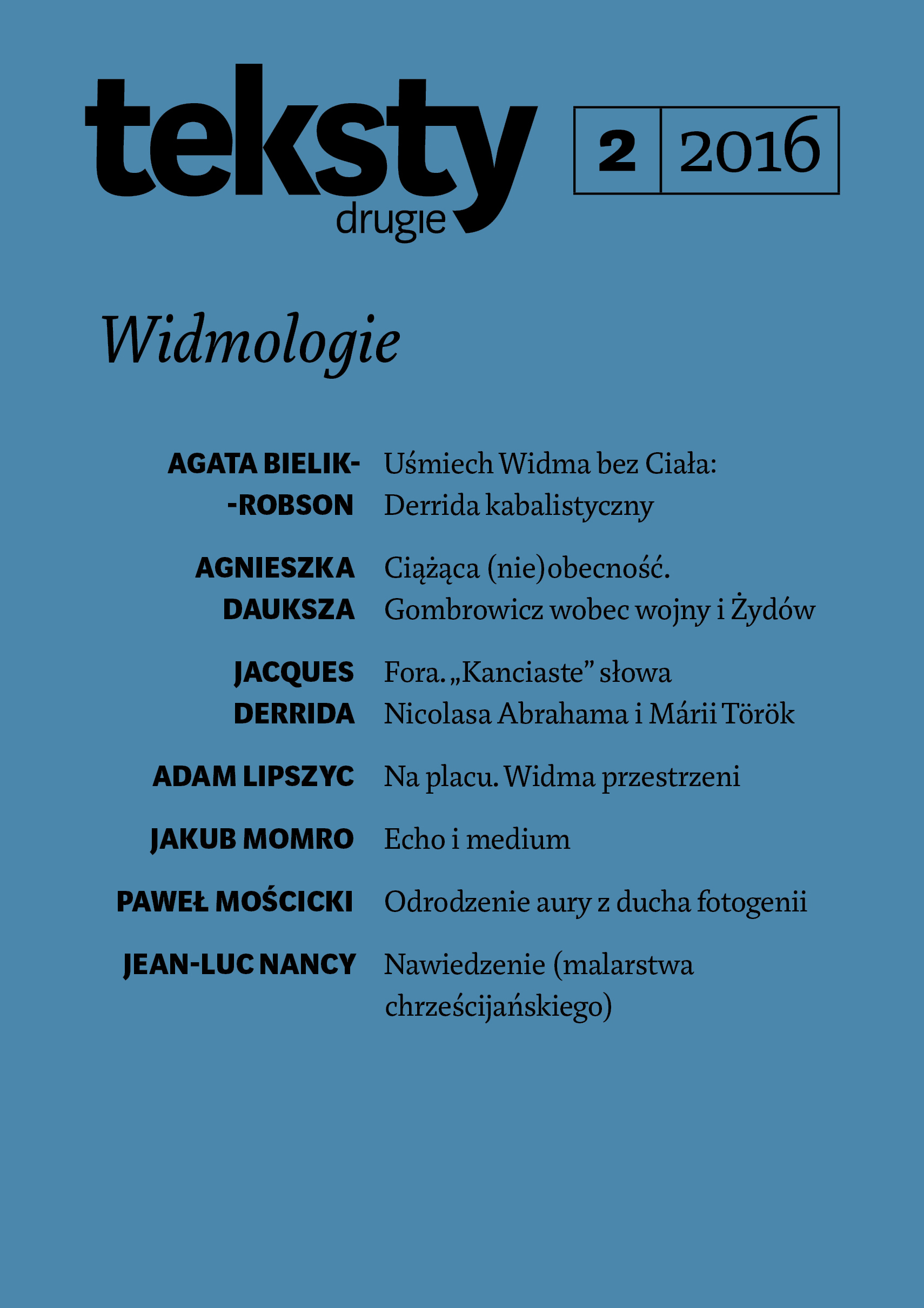Piękny tulipan, trup i bez czystego cięcia. Bez-duszna estetyka Derridy
The Beautiful Tulip, the Corpse and the Sans of the Pure Cut: Derrida’s Soulless Aesthetic
Author(s): Paweł DybelSubject(s): Philosophy, Fine Arts / Performing Arts, Visual Arts, Metaphysics, Aesthetics
Published by: Instytut Badań Literackich Polskiej Akademii Nauk
Keywords: beauty; death; cut; aim; parergon; ergon; ghost; frame
Summary/Abstract: This article explores a passage from Jacques Derrida’s book Truth in Painting, a discussion of the concept of beauty in Kant’s aesthetics. Dybel points out the original way in which Derrida reformulates this concept, attributing new meaning to its key concepts but also introducing entirely new themes. One of his most fascinating contributions is the tight relationship between the experience of beauty and the experience of death. Taking Derrida’s observation as a starting point, Dybel develops the implications of this perspective, trying to spell out what the deep relationship between the two experiences is based on and in what way they differ from one another. His point of departure is the notion that the ‘cut’ of the parergon of the beautiful object separates that object’s purposefulness from its purpose. In this sense it functions as a metaphor for the ‘cut’ of death, which that separates human life from itself.
Journal: Teksty Drugie
- Issue Year: 2016
- Issue No: 2
- Page Range: 387-401
- Page Count: 15
- Language: Polish
- Content File-PDF

